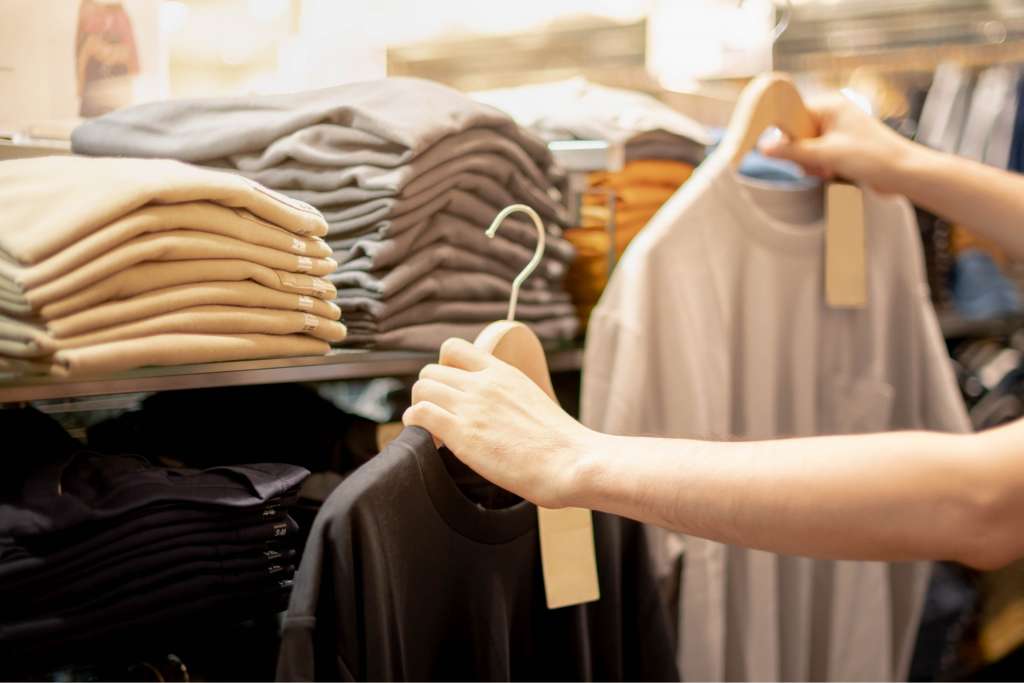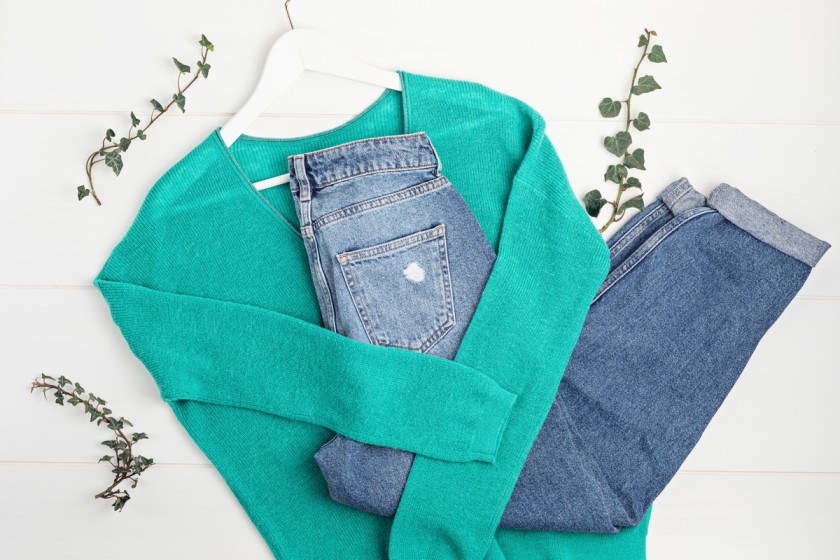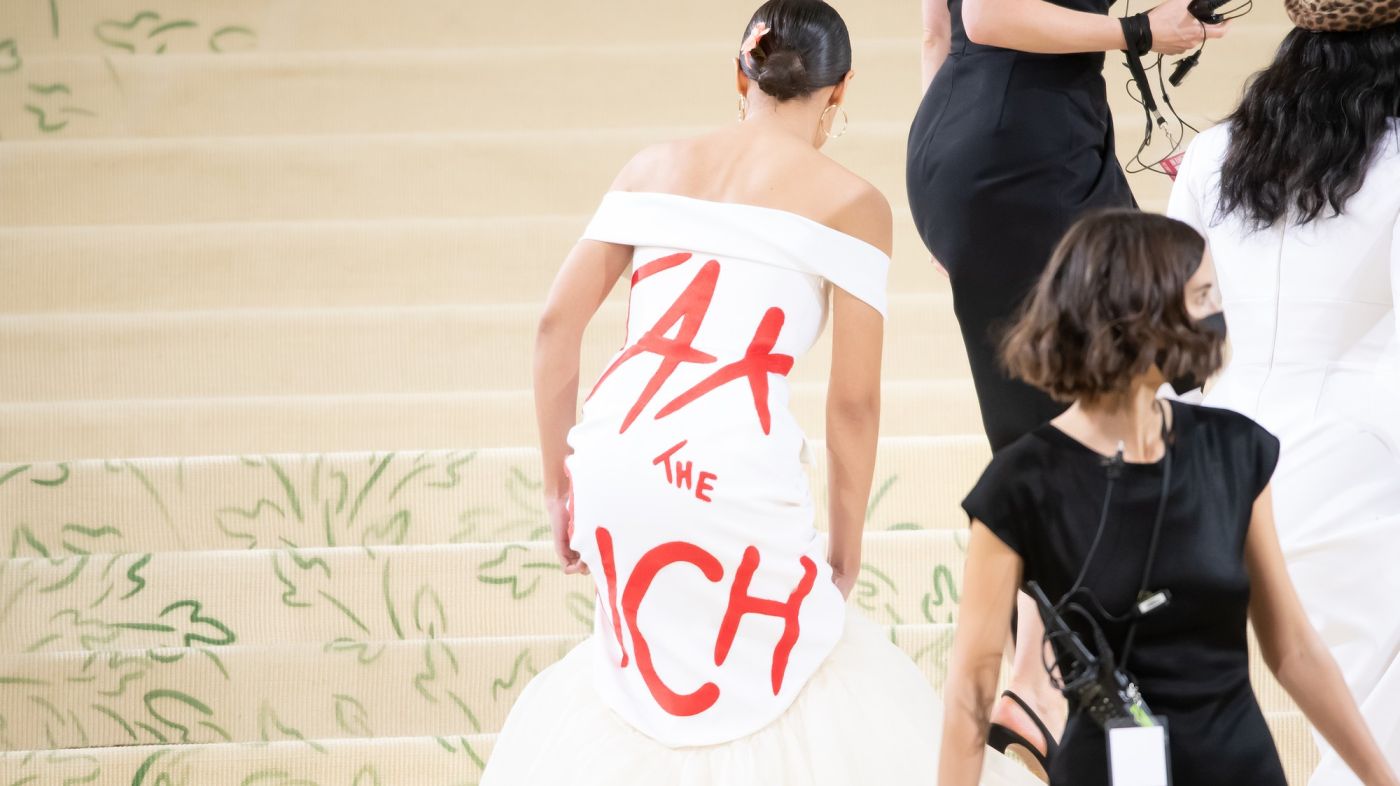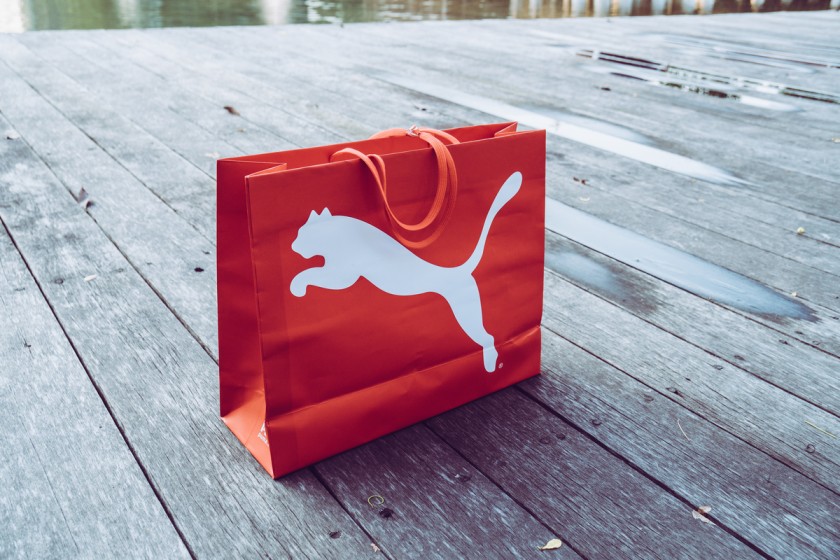Why Is 2022 The Best Year To Adopt Circular Retail Strategy?



The recently introduced term 'circular' has gained rapid popularity as an embraced sustainability concept in the fashion industry. The last two years have been tough for industries, businesses, and the economy, including the fashion industry. With strict lockdowns and fear of catching the continuously evolving covid variants, people avoided going out and buying things that would come in contact with various people, a dominating factor resulting in the popularity of online or touchless payment methods.
As sales plummeted and people interested in apparel lines decreased, the fashion industry saw a sharp rise in wastage quantities during productions. This led fashion retailers to reconsider their production system and consider adopting a circular economy, which later adopted a circular retail strategy.
The Increasing Popularity of Sustainability Concepts
The first thing in people's minds wouldn't be buying or browsing clothes or taking an interest in the latest fashion trends. Along with people losing interest in fashion, not much important work could be done in the fashion industry.
The fashion industry recently started to adopt a retail strategy for the apparel business to survive. Consider an example - People go to Amazon, place an order, and get their order delivered to their doorstep. Meanwhile, they can track the order status on their phones or desktops. Similarly, brands can easily use a B2B (0r B2C) apparel manufacturing platform for placing manufacturing orders for their collections, along with options like tracking the product and making payments online. This strategy allows customers to receive their items without contacting several people and makes the apparel manufacturing process swift, hassle-free, and transparent for those brands.
Adopting a sustainability concept has become a necessity for fashion retailers wanting to survive in the current scenario of turbulent times. It will be ridiculous for the industry not to choose effective sustainability concepts while aiming to survive for a long time, which all brands and industries want to.
Why the Recent Adoption of 'Circular Retail Strategy' by Fashion Industries?

The circular retail strategy is a recent sustainability concept being embraced by consumers and fashion industries. The circular retail strategy, along with second-hand interiors, has been going mainstream with the recent recovery boom of the fashion industry towards the end of 2021. The emergence of such sustainability concepts dates back to the root system of the fashion industry. The straightforward approach of taking, making, and waste forming the backbone of the fashion industry gave out mind-numbing consequences. The long period of production of cheap apparel with the help of inexpensive labour has resulted in the creation of non-sustainable scenarios in fashion.
The high usage of synthetic fibres in clothing (around 72% - 75%) is an example of non-sustainability issues as these fibres take around 200 years to decompose. The apparel industry contributes up to 10% of greenhouse gases due to the yearly production and transportation of numerous clothes (approximately in millions!). The flamboyant fashion industry of $1.5 trillion needs many reforms in its functioning system. Of all the hardships covid-19 has brought, the only silver lining in its cursed presence might be the disruption of the entire fashion industry (Fashionistas, please don't attack me!!). Retailers had to close their stores, and there was an increasing need for digitalisation due to a sharp rise in the popularity of online shopping customers.
With many people staying at home, having an inactive social life, and suffering from unemployment or insufficient wages, apparel lines experienced a significant plummet in their sales, leading to production being stopped and supply chains shut down. Researches show that many consumers (around 90%) were now raising concerns about sustainability issues and the impact on the planet unarguably more than before. The fashion industry was pushed into the reckoning of a new era with the disruptions caused by the pandemic.
It looks like the pandemic surprisingly did a little good to the world, though unintentionally. Fashion retailers have now shifted their focus on adopting the 'green line of circularity' that is, the 'circular retail strategy based on 'circular economy.
Circular Economy and Circular Retail Strategy Concepts going Mainstream in 2022
The process cycle of creating supply chains that recycle the materials and resources used in creating their products is called the circular economy. It leads to the shrinkage of carbon footprints, trimming down operational costs, reducing the wastage produced, efficient usage of expensive resources, and appealing to the recently awakened consumers with environment-saving views. The image below explains the circular economy concept adopted by fashion retailers in recent years.
The circular retail strategy is based on a circular economy. A basic example of the concept of circular retail strategy in simple terms would be something along the lines of a high-end cloth bank. Consider that you experienced a recent growth burst. You have many clothes, but some do not fit you anymore. You feel discouraged about the thought of just simply discarding them and searching for alternatives on the web. You come across a website that says it will take in discarded clothes and recycle them into new ones. You get interested and contact them while asking them to witness the process. After reaching an agreement, you take your discarded clothes to their place and see them put them in a recycling machine which then shreds your clothes into fibres of threads and then spin them into yarns, further creating a fabric for making a new piece of garment. They then put this new garment on their website to be bought as a recycled product which looks and has quality as good as a fresh one. This is a part of the circular retail strategy concept.
With the recent boom in the fashion industry towards the end of 2021, when the world started to regain its normalcy (no thanks to Corona variants), 2022 is undoubtedly the best year to adopt a circular retail strategy to bounce back into action. With almost all gen-z consumers being concerned about the environment, with industries aiming for restarting and sustainability, and the previous system of production being called out as harming the environment, adopting a circular retail strategy in the year 2022 (serving as the beginning of a new era) is undeniably a smart move for fashion retailers.
The key points that make circular retail strategy an attractive option to be embraced are –
- Using mono materials wherever and whenever possible and ensuring easy disassembling of apparel made from multiple materials contributes to the recyclability of products.
- Assessment of the products and resources used in production raises concern of pollution and cannot be recycled, aiming to discard or cut down on their further usage.
- Pondering how usable wastes from cut-offs of garments to packaging can be recovered and recycled or reused internally or via partner organisations.
- Keep using apparels for as long as possible by the development of or participation in collection schemes.
- Providing support in developing technologies for recycling used products and textiles to almost as good as fresh raw materials and resources.
The Conclusion for why 2022 is the Best Year for Putting Circular Retail Strategy into Practice?

There has been a sharp increase in the number of consumers that believe in protecting the environment while choosing to buy a product specifically from the clothing line. Adopting the circular retail strategy by the fashion retailers is not only a smart move but also the correct one for sustainable growth.
Because the fashion industry, after being in a stagnant state, has recently started to experience an increase in sales along with an increased number of people taking an interest in the environmental impact of their products. The industry has become more active and busier than ever. Also, the collapse of the traditional (almost primitive) system of taking, making, and wasting has forced fashion retailers and brands to adhere to the rising environmental concerns of their consumers.
For example, Nike has introduced its collection points for "Reuse-A-Shoe" at selected stores by separating and turning components such as rubber, foam, leather, and textile into granules that can be used to create new footwear. With consumers being more aware than ever in choosing brands and apparels that can be recycled, reused, or are at least not harmful to the planet, fashion retailers will increasingly adopt the circular retail strategy and will attract many consumers. Moreover, these consumers will be future loyal customers if the circular retail strategy is put into use correctly.
Unravel more information on the fashion industry on Fashinza.



















